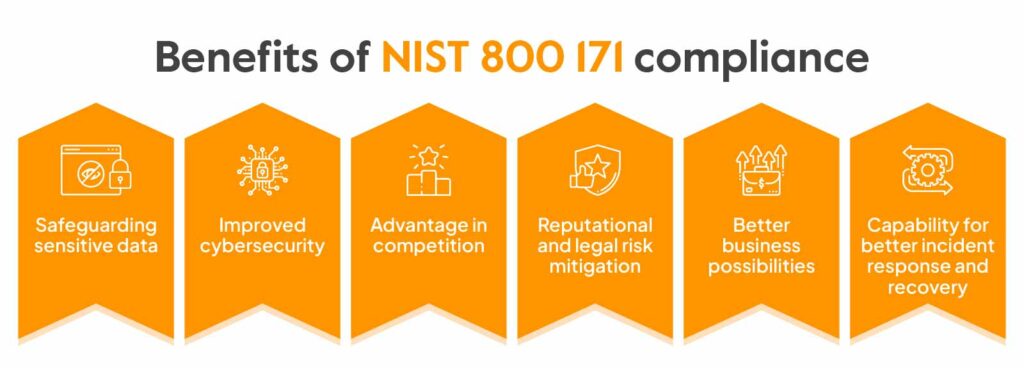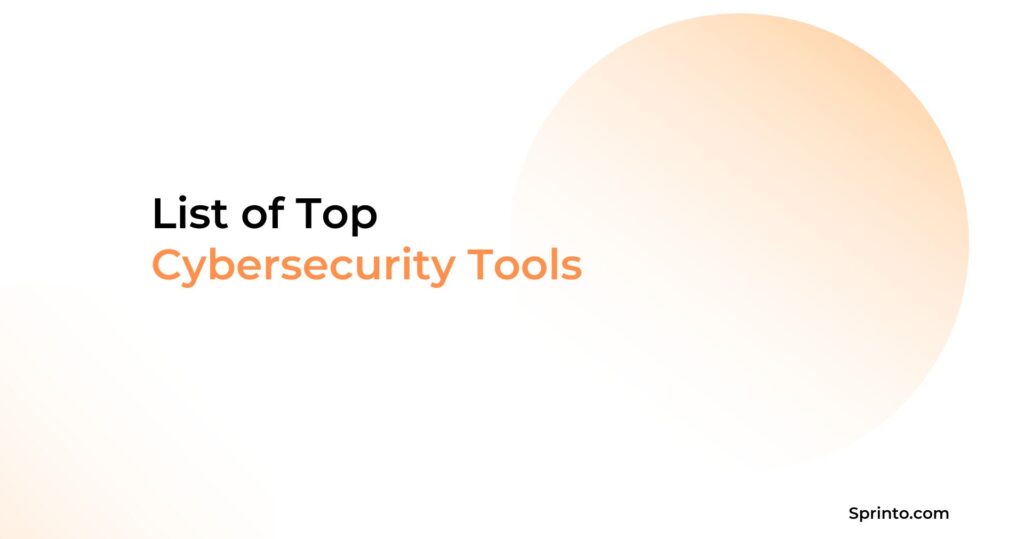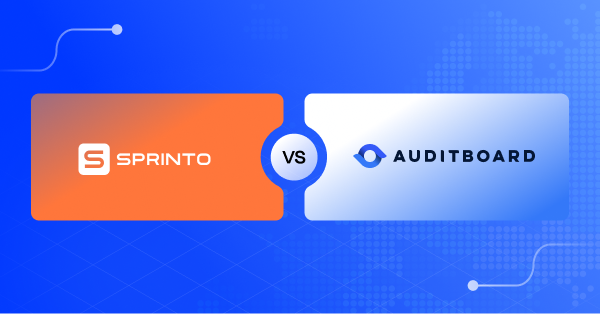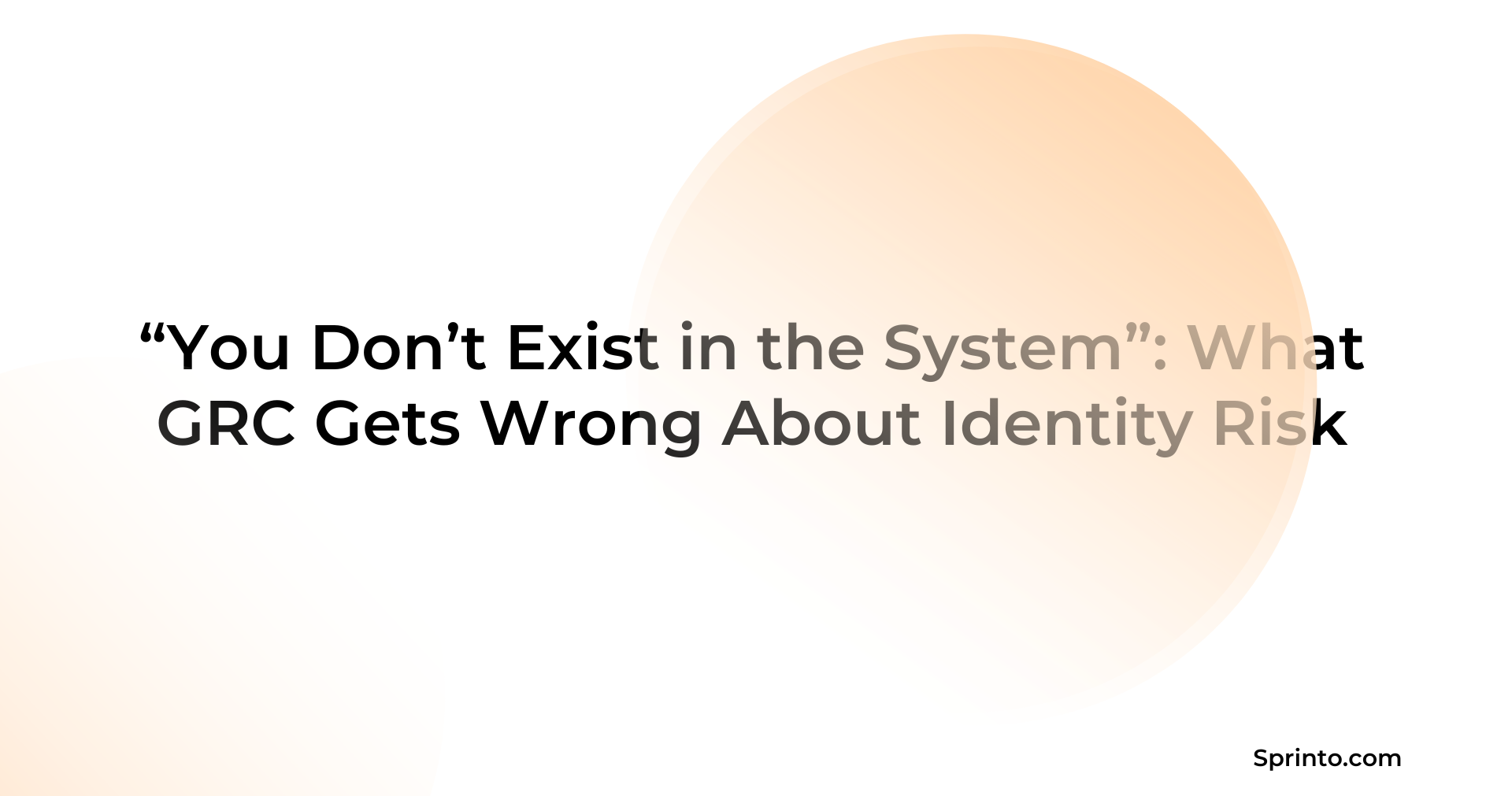NIST SP 800-171 Compliance: Guidelines and Requirements
Shivam Jha
Sep 19, 2024
The need for effective cybersecurity measures has never been more pressing in our globally interconnected society, where the spread of digital technologies affects every aspect of our lives.
NIST 800 170 is a noteworthy compliance offering federal agencies and organizations invaluable insights into creating personalized security measures catered to their particular needs. It attempts to do this by balancing flexibility and rigor, enabling organizations to strengthen their cybersecurity posture while coordinating these initiatives with their unique objectives and operational realities.
What is NIST 800 171?
NIST 800 171 is a publication that describes the required security standards and practices for non-federal organizations that handle CUI (Controlled Unclassified Information) on their networks.
These guidelines must be complied with by any organization handling or storing sensitive, unclassified data on behalf of the US government.
The National Institute of Standards and Technology (NIST), which initially published it in June 2015, then released a number of standards and publications to improve cybersecurity resilience in both the public and private sectors. NIST 800 171 has undergone regular updates in response to emerging technological challenges and new cyber threats.
What is the purpose of NIST 800 171?

The purpose of NIST 800 171 is to establish guidelines for protecting sensitive data on the IT networks and systems used by federal contractors. By enforcing the best cybersecurity measures from government contractors, organizations are able to strengthen their federal supply chain.
The document stresses the significance of customizing security measures to correspond with a company’s unique goal, operational needs, risk tolerance, and operating environment. By doing this, NIST 800-170 hopes to guarantee that cybersecurity operations are optimized and pertinent and successfully handle the particular difficulties that each organization faces.
Who does NIST 800 171 apply to?
NIST 800 171 applies to any organization that processes or keeps sensitive, unclassified information on behalf of the US government and is expected to adhere to the National Institute of Requirements and Technology Special Publication 800-171 (NIST SP 800-171) cybersecurity requirements.
Departments of the US government depend on a variety of external institutions and service providers to run. Many of these crucial services include the processing and storage of sensitive data on the IT networks of contractors.
NIST 800 171 continues to expand the range of organizations that it applies to. NIST 800 171 is currently a contractual requirement for the information systems of any non-federal organization that manages, transmits, stores, or safeguards Controlled Unclassified Information (CUI) for the National Aeronautics and Space Administration (NASA), General Services Administration (GSA), or Department of Defence (DoD).
Here are some of these organizations:
- Healthcare data processors
- Defense contractors
- Web and communication service providers
- Organizations providing financial services
- Research institutes and labs receiving federal grants and information
- Systems Integrators
- Colleges and universities that utilize federal data or information
Must Check: Difference Between NIST 800-53 and NIST 800-171
How to get started with NIST 800 171 compliance?
Compliance with NIST 800 171 is demonstrated by a self-assessment method. It can be challenging to meet the 110 standards that organizations must adhere to in order to comply. However, carrying out a NIST 800 171 assessment follows a specific procedure.
The eight steps for performing a NIST 800 171 self-assessment are as follows:
- Assemble an evaluation team and collect feedback from senior information security stakeholders.
- Create an assessment strategy with a timetable and objectives.
- Launch a campaign for internal communication to raise awareness of the project.
- Compile a list of contacts for staff members with applicable duties, such as system administrators and information security experts.
- Gather significant papers, such as current security policies, system records and manuals, previous audit results and logs, admin guidance documents, and system design documents.
- Examine each requirement listed in the NIST 800 171 publication and note your findings.
- Create a plan of action describing how to fulfill the specified requirements.
- Add all supporting documentation to a System Security Plan (SSP) document.
Recommended: Complete Guide to NIST compliance
What are the requirements of NIST 800 171?
NIST 800 171 has 110 criteria in all. These requirements are broken down into 14 groups of security measures, according to the publication. Each family discusses particular security measures that ought to be taken to safeguard controlled unclassified information (CUI). The families of security controls in NIST 800 171 are as follows:
- Access Control
- Awareness and Training
- Audit and Accountability
- Configuration Management
- Identification and Authentication
- Incident Response
- Maintenance
- Media Protection
- Personnel Security
- Physical Protection
- Risk Assessment
- Security Assessment
- System and Communications Protection
- System and Information Integrity

Each family has a unique set of standards that organizations must meet to comply with NIST 800 171 and maintain the security of CUI.
Check out a detailed guide on NIST controls
How to prepare for NIST 800 171 assessment?
The NIST 800 171 self-assessment is challenging because it examines every component of a company’s network and security systems that interact with CUI. Because of this, preparedness is essential.
The executive in charge of cybersecurity policies and the core leadership team should both provide advice when putting together the assessment team. Before starting, an assessment plan that defines the project’s timeline, objectives, and scope should be made.
Here are the five steps to getting ready for a NIST evaluation:
- Compile the current security guidelines and practices.
- Make contact with important parties involved in information security.
- Determine the assessment’s beginning and ending points.
- Gather relevant data and past audit findings.
- Let everyone in the organization know about the project.
Here’s a detailed checklist of NIST 800 171
How much does it cost to get NIST 800 171 compliant?
The cost of obtaining and maintaining NIST 800 171 compliance can differ significantly based on a number of variables, including the organization’s size and complexity, current security architecture, level of CUI handled, and condition of cybersecurity measures.
Consider the following potential cost factors:
Gap analysis and initial evaluation
It may be necessary to hire outside consultants or make investments in specialized tools or software in order to conduct a full assessment of the organization’s present security posture, identify gaps and vulnerabilities, and design a plan for achieving compliance.
Execution of security controls
Investing in hardware, software, network infrastructure changes, and personnel training is essential. It helps to implement the appropriate security controls and safeguards stated in NIST 800 171. The price will vary according to the organization’s current systems and the degree of necessary adjustments.
As an added benefit, we have compiled the NIST 800-53 Controls List to assist you with your risk assessment. Check it out:
Download Your NIST 800-53 Controls List
Employee education and information
Providing employees with training and awareness programs on security best practices and their duties for protecting CUI may result in costs for training resources, training materials, and maybe staff time.
Ongoing monitoring and upkeep
Continuous observation, regular security evaluations, and frequent audits are all necessary for compliance maintenance. This may entail spending money on security monitoring tools, vulnerability scanning, penetration testing, and hiring managed security service providers or specialized cybersecurity professionals.
Response to incidents and recovery
Developing incident response plans, conducting tabletop drills, and implementing backup and recovery procedures could all require spending money. However, it is important in mitigating the effects of possible security incidents.
Evaluations and certifications
Organizations may need to submit to third-party exams or certifications to demonstrate their compliance with NIST 800 171, depending on contractual responsibilities or industry standards. The certifying body or the external assessors usually demand fees for these evaluations.
Benefits of NIST 800 171 compliance
Getting compliant with NIST 800 171 can provide several benefits for organizations, including better cybersecurity posture, competitive advantage, risk mitigation, and more. Here are some of them in detail:

Safeguarding sensitive data
Controlled unclassified information (CUI), which includes sensitive information pertaining to personal privacy, financial activities, and other crucial areas, is the focus of NIST 800 171. Organizations can better safeguard this data from unauthorized access, disclosure, and theft with the use of compliance.
Improved cybersecurity
Organizations can improve their cybersecurity posture by using the full framework of security controls and guidelines provided by NIST 800 171. Organizations may improve their capacity to safeguard sensitive data, identify and address security incidents, and lessen the risk of data breaches by putting certain policies in place.
Advantage in competition
Being NIST 800 171 compliant might give an organization a competitive edge. This is true especially if they work with or are interested in receiving contracts from federal agencies. Compliance shows a dedication to data protection. It also improves an organization’s prospects of landing partnerships or contracts involving the management of CUI.
Reputational and legal risk mitigation
NIST 800 171 non-compliance may result in financial penalties, legal repercussions, or reputational harm to an organization. Organizations can lower their risk of noncompliance-related costs, lawsuits, regulatory fines, and reputational damage brought on by data breaches or security events by achieving compliance.
Better business possibilities
NIST 800 171 compliance is a prerequisite for many federal contracts and alliances. Organizations can increase their commercial chances and gain access to more government grants, contracts, and collaborations by being compliant.
Capability for better incident response and recovery
Planning for incident response, which includes steps to identify, address, and recover from security incidents, is emphasized in NIST 800 171. Organizations can build efficient incident response protocols with the aid of compliance. This helps to lessen the effects of incidents and speed up recovery.
Sprinto’s way to NIST 800 171 compliance
You can manage and track your NIST compliance in a number of ways. Most of them are challenging. However, automation is not.
For example, you can read the NIST CSF and use spreadsheets to create a plan for meeting NIST compliance. This plan will help you keep track of tasks and milestones, manage risks, find and fix security gaps, and monitor the compliance of your third-party contractors and suppliers with NIST standards.
However, this process is most likely going to be tedious and resource-consuming. This is where a compliance automation solution such as Sprinto comes into the picture. Sprinto’s automated compliance platform evaluates your information system to find out whether your NIST 800 171 controls are in place. Our platform then provides you with a thorough report of any NIST 800 171 controls you need to put in place to achieve compliance.
Talk to our experts to learn more about the framework.
FAQs
What is the difference between NIST 800 172 and 171?
NIST 800 171 focuses on the fundamental security requirements for safeguarding controlled unclassified information (CUI), whereas NIST 800-172 offers additional security precautions for businesses with high-value assets or those under attack from sophisticated cyber threats.
How CMMC is related to NIST SP 800 171?
The Cybersecurity Maturity Model Certification (CMMC) is a framework that builds upon NIST SP 800-171 requirements by adding additional cybersecurity practices and maturity levels, and it is intended to measure and certify the cybersecurity readiness of organizations working with the U.S. Department of Defense (DoD) and handling Controlled Unclassified Information (CUI).
What is Controlled Unclassified Information (CUI)?
CUI is a term used to describe sensitive material that is not classified but must be protected to comply with specific laws, regulations, or governmental directives.
Are there any repercussions for not adhering to NIST 800 171?
Failure to comply with NIST 800-171 can result in a variety of repercussions, including contract termination or the loss of future contract prospects with federal agencies.


Use Sprinto to centralize security compliance management – so nothing
gets in the way of your moving up and winning big.





















